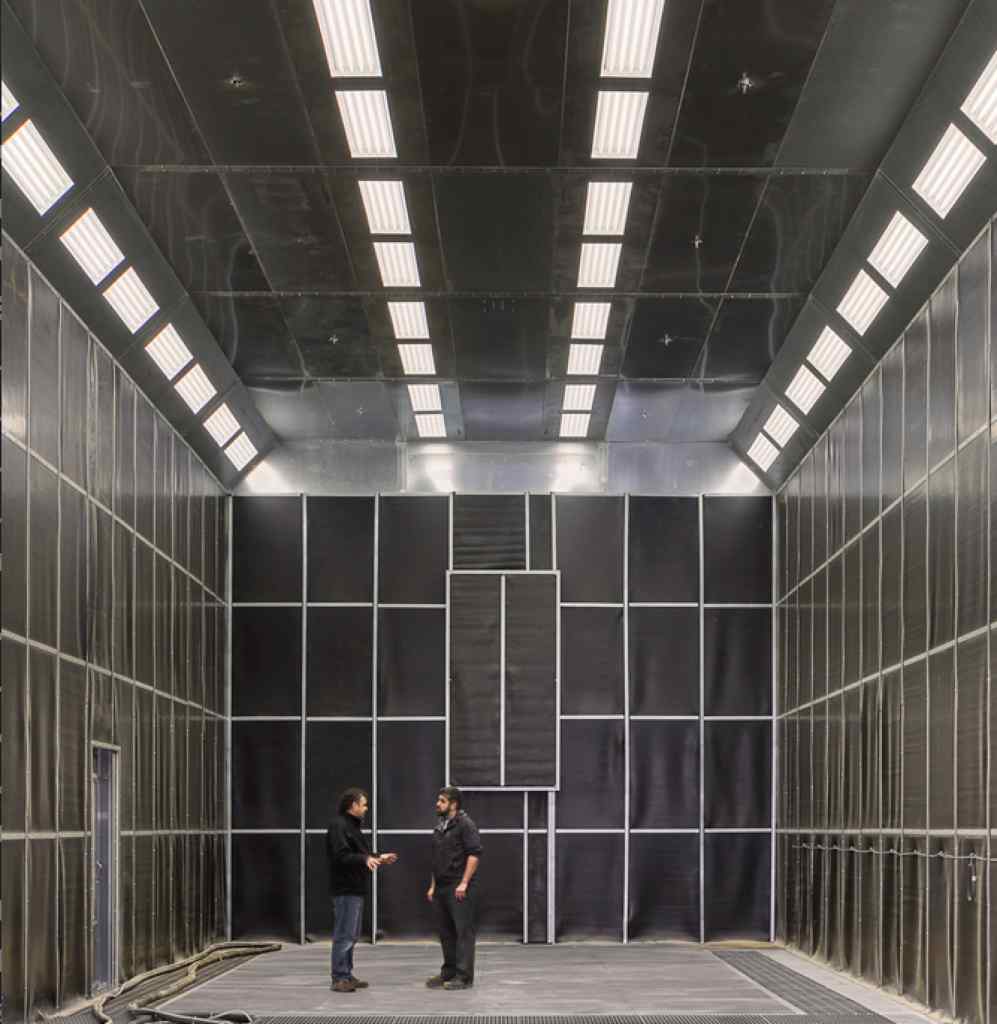Sandblasting is a highly effective method used in various industrial applications to clean, polish, and prepare surfaces for further treatment. It involves blasting a high-pressure stream of abrasive material, such as sand, at a surface to remove contaminants or create a desired texture. Industrial sandblasters come in different types and sizes, each designed for specific applications and materials. In this article, we will explore the different types of industrial sandblasters and their uses. If you want to know more about industrial sandblaster you can also check this out https://www.pacificspraybooths.com/product/istblast-portable-sandblasters/.

Air-Powered Pressure Blasters
One of the most common types of industrial sandblasters is the air-powered pressure blaster. As the name suggests, this type of sandblaster uses compressed air to create the necessary pressure to propel the abrasive material. Air-powered pressure blasters are versatile and can be used for a wide range of surface preparation tasks, including removing rust, paint, and scale from metal surfaces.
Suction Blasters
Suction blasters, also known as siphon blasters, are another type of industrial sandblasters commonly used for surface preparation. Unlike air-powered pressure blasters, suction blasters rely on the Venturi principle to create the necessary suction to draw the abrasive material into the blasting stream.
Portable Blasters
Portable sandblasters are designed for mobility and convenience. They are often used in applications where the workpiece cannot be moved, such as on-site maintenance and repair work. Portable sandblasters typically have wheels or handles for easy transportation.
Wet Blasters
Wet blasting is a variation of sandblasting that involves mixing the abrasive material with water. This method is often used when dust control is a concern or when working with delicate surfaces that may be damaged by dry sandblasting.
Abrasive Blasting Cabinets
Abrasive blasting cabinets, also known as blast cabinets, provide a controlled environment for sandblasting. They are enclosed systems that allow operators to blast surfaces while minimizing the release of abrasive material and controlling dust.
Conclusion
Industrial sandblasters come in various types and sizes, each designed for specific applications and materials. Air-powered pressure blasters are versatile and commonly used for surface preparation tasks. Suction blasters are more affordable and portable, suitable for smaller-scale projects.